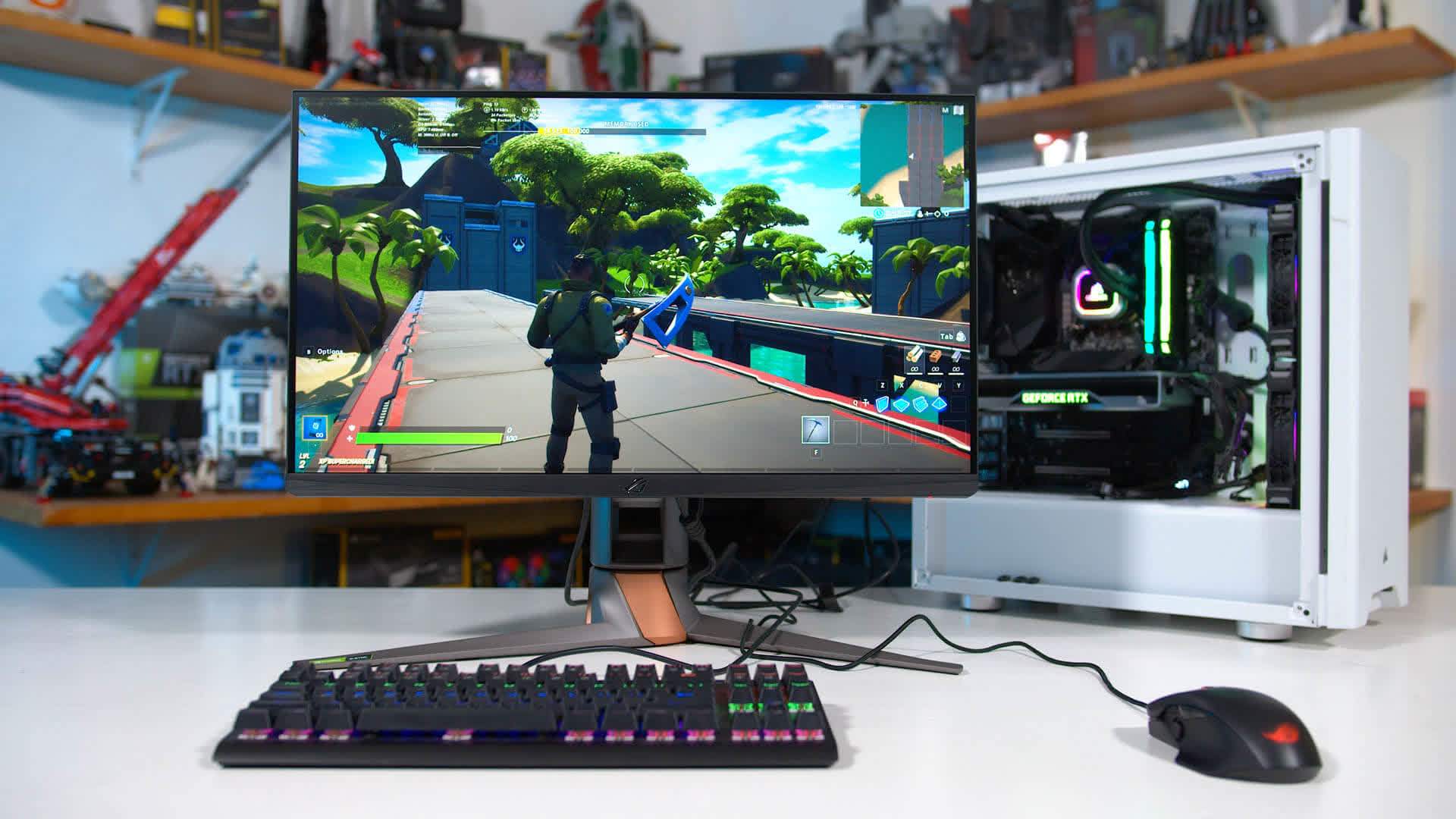Resolution Scaling: The Secret to Playable "4K Gaming"
Whether we like it or not, the beginning of a new console generation brings both trouble and opportunities for PC gamers. Those shiny, new consoles are outfitted with mid to enthusiast-class hardware, driving PC system requirements up. You’ll find that, all of a sudden, AAA games aren’t running at a flawless 60 FPS on a mainstream GPU anymore. So while the average new game may be more resource intensive, that also means titles can take better advantage of modern PC hardware.
It’s been this way for the past few generations. Back in 2005, early-generation Xbox 360 games like F.E.A.R. and The Elder Scrolls IV: Oblivion, punished even top-tier gaming PCs. In 2014, Assassin’s Creed: Unity, pegged as Ubisoft’s first “true” next-gen game, ran at an appalling 24 FPS at 1440p on the flagship GeForce GTX 980. While Unity certainly isn’t representative of the performance profile of all early eighth-gen games, it was markedly harder for PCs to run games that came out after the PS4 and Xbox One than before.
Here at the end of 2020 (as if we don’t have enough problems, already), the PlayStation 5 and Xbox Series X have once again driven up the hardware baseline. Modern titles like Assassin’s Creed: Valhalla and Cyberpunk 2077 struggle to run well at 4K, even on top-tier systems. And while settings tweaks can help, there’s a limit to how much performance you can claw back this way, especially on older platforms.
There is one other way to significantly boost performance: resolution scaling.
Resolution scaling is a great option if you’re looking to eke out an additional 10-15% performance after tweaking settings. If you’re playing at a higher resolution like 4K, and you combine resolution scaling with image sharpening (see here for GeForce and Radeon solutions), the results are often very close to native.
What custom resolution should you use? This depends on the native resolution of your monitor. A resolution scale of 83 percent is typically a good compromise between image quality and performance. At 4K, this means a custom resolution of 3200 x 1800. At 1440p, we’re talking about 2133 x 1200. At 1080p, pixel density on most displays is already quite low, so we’d avoid scaling there if at all possible.
If you’re really short on performance, a .83 percent res scale at 1080p translates to 1600 x 900. Keep in mind that this resolution scale number is not set in stone. You can go higher or lower, depending on your performance expectations, your native resolution, and your monitor’s pixel density. To find other custom resolutions, simply multiply your native resolution by the scale factor on both axis.
While many games now offer resolution scaling options in their settings menus, you’ll need to set up custom resolutions in Windows for full compatibility. We’ll walk you through how to do that in this piece, and share 4K benchmarks highlighting the performance impact. Our test rig features a GeForce RTX 3080 and a Ryzen 9 3900X. Despite these formidable specs, depending on the game we can become GPU limited at 4K and resolution scaling yields a considerable performance boost.


Comments
Post a Comment